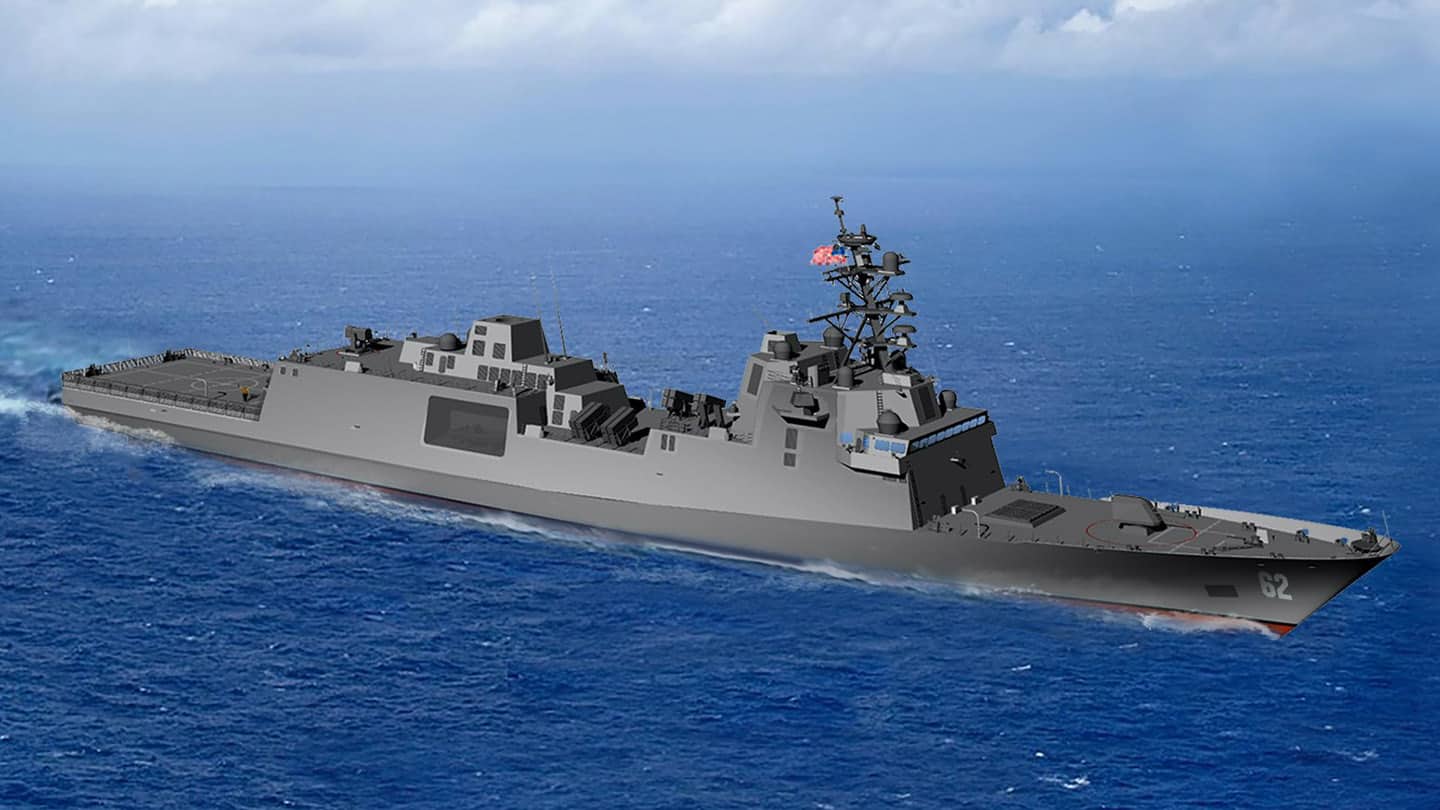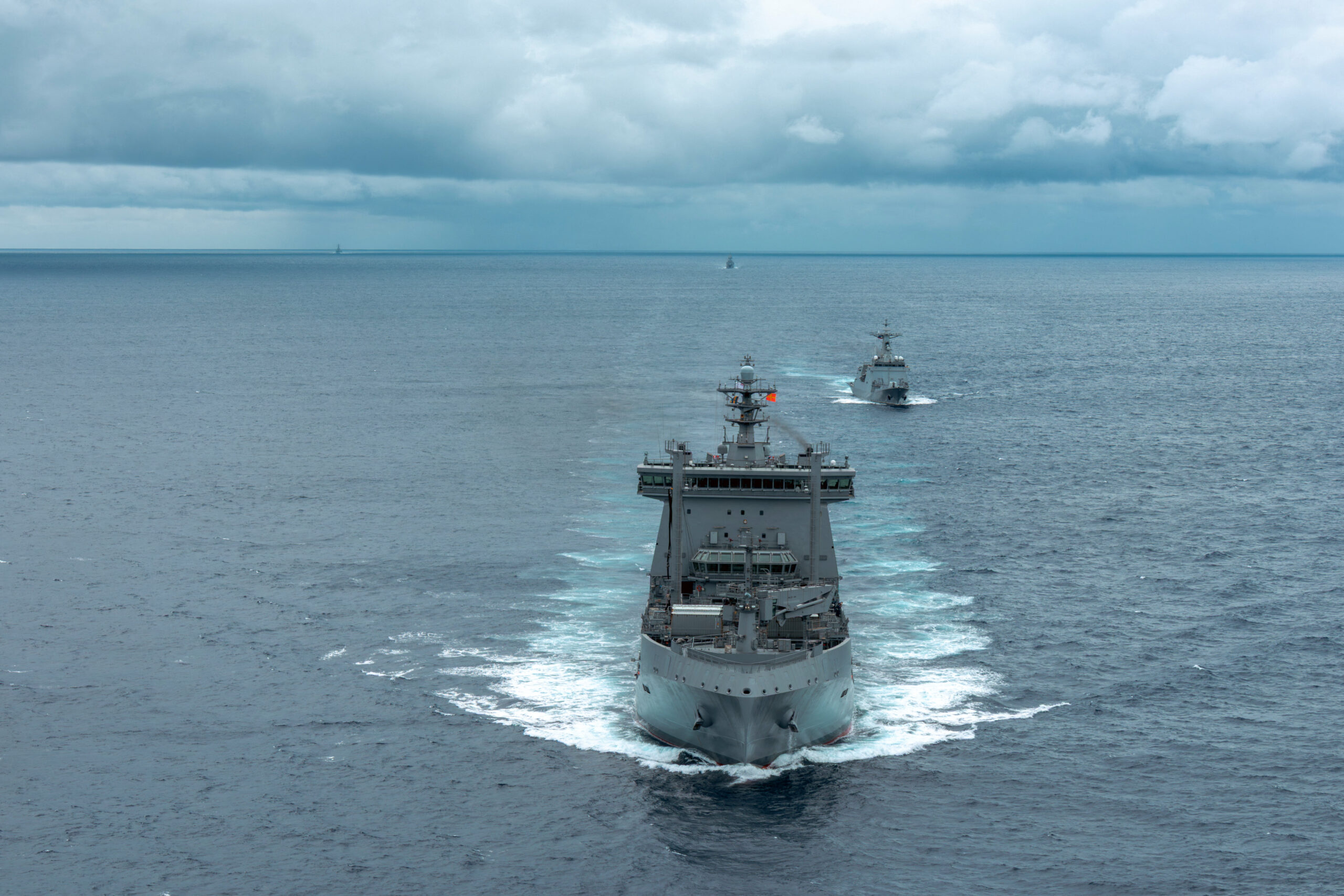By Malte Humpert (gCaptain) –
The U.S. Coast Guard’s Polar Security Cutter program intended to renew the service’s aging icebreaker fleet continues to face delays and cost increases.
A new report by the Congressional Budget Office (CBO), to be previewed during upcoming testimony in front of the House Subcommittee on Transportation and Maritime Security next week, details a substantial increase in procurement cost. The full report is currently being finalized for publication in the coming months.
The initial Polar Security Cutter (PSC), which has been awaiting the start of construction since VT Halter Marine was awarded a contract in 2019, is now estimated to come in at $1.9 billion, with subsequent vessels at $1.6 billion.
The total procurement costs for the first three vessels will total around $5.1 billion the CBO calculates, 60 percent higher than even the most recent estimate provided by the Coast Guard just two months ago.
Since VT Halter Marine – now part of Bollinger Shipyards – was awarded the program contract in 2019 the procurement costs for the vessels have more than doubled.
The original fixed-price incentive design and build contract for the first PSC was valued at $746 million. The second and third PSC were expected to cost $555 million and $546 million. The cost of the entire three-vessel program, including procurement of long lead-time materials for a fourth vessel, was estimated at under $2 billion.
The PSCs are intended to replace the USCG’s two operational icebreakers, Polar Star and Healy. Both vessels have faced mechanical mishaps, including fires and a main propulsion motor replacement. Polar Star is quickly approaching the end of its service life and is kept afloat by scavenging spare parts from its inoperative sister ship Polar Sea.
In recent comments to gCaptain the USCG confirmed that initial work on prototype steel modules had begun, but progress on the first three sections remained limited. The full PSC consists of 85 modules.
“The Coast Guard is working with the shipbuilder to rebaseline [the program], which will result in a new program schedule. This is expected to be completed later this year and will be critical to informing future budget requests,” the spokesperson told gCaptain in March 2024.
According to the upcoming CBO report the Coast Guard hopes that the shipyard can transition from test sections to begin “substantial construction on the lead ship” by early 2025.
The delivery date for the first vessel has been continuously pushed back from its original 2024 target. In congressional testimony last year USCG officials targeted 2027 as a new delivery date, though some comments suggested the timeline could slip into 2028.
The CBO now states that the estimated delivery has been pushed back to 2029. This would suggest that the USCG will not augment its heavy icebreaker presence before the beginning of the next decade.
As a stopgap measure it has secured $125 million in funding to purchase Aiviq, an ice-capable offshore supply vessel, from Edison Chouest.

 Join The Club
Join The Club










